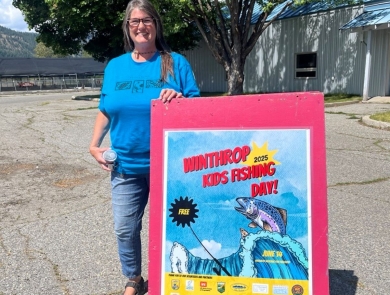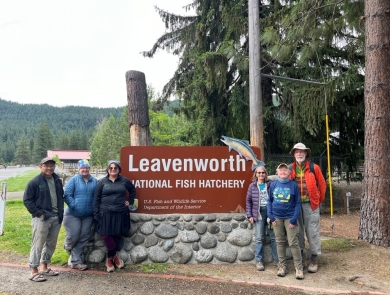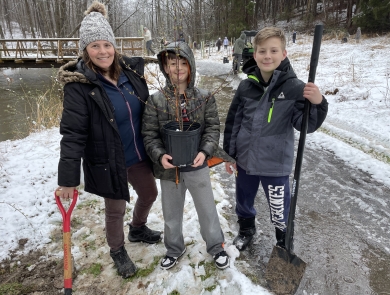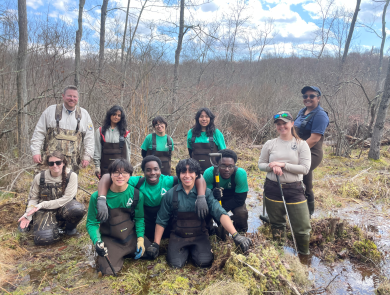Location
85 Mattamuskeet Road
Swan Quarter, NC 27885
United States
Volunteer Position Overview
About This Position
Mattamuskeet National Wildlife Refuge | Hyde County, North Carolina
DescriptionMattamuskeet National Wildlife Refuge is seeking Resident Volunteers to assist with visitor services, refuge maintenance, and seasonal operations. The refuge is located on the Albemarle–Pamlico Peninsula in Hyde County, NC, and encompasses 50,180 acres of open water, marsh, forest, and croplands. The centerpiece of the refuge is Lake Mattamuskeet—North Carolina’s largest natural lake at 40,100 acres.
Due to its strategic location along the Atlantic Flyway, the refuge provides essential habitat for wintering waterfowl. From November through February, more than 200,000 ducks, geese, and swans use the refuge annually, including up to 80% of the Northern Pintail and up to 30% of Green-winged Teal migrating along the Flyway.
DutiesResident Volunteers may assist with:
- Visitor center or contact station support
- Light facility or grounds maintenance
- Environmental education and interpretation
- Outreach and public engagement
- Support for biological or wildlife management activities (seasonal)
- Assist in cleaning the visitor center and bathrooms
Volunteers live in their own recreational vehicle on refuge-provided RV sites. Provided amenities include:
- 30/50 amp electrical hook-up
- Water and sewer hook-up
- Access to laundry facilities
- Couples: 24 hours per week (each)
- Singles: 32 hours per week
- Minimum stay: 3 months preferred
- Shorter terms may be negotiated
- Longer terms may be offered based on need and availability
- Must provide your own RV
- Ability to work independently and as part of a team
- Willingness to interact with the public when assigned visitor duties
- Ability to perform light physical tasks as needed (duties vary by season)
Mattamuskeet National Wildlife Refuge
Hyde County, North Carolina
Stories About Volunteering
Other Ways to Work with Us
Are you looking for something different than a volunteer opportunity? The Fish and Wildlife Service employs around 9,000 people nationwide and offers great internship opportunities every year.







